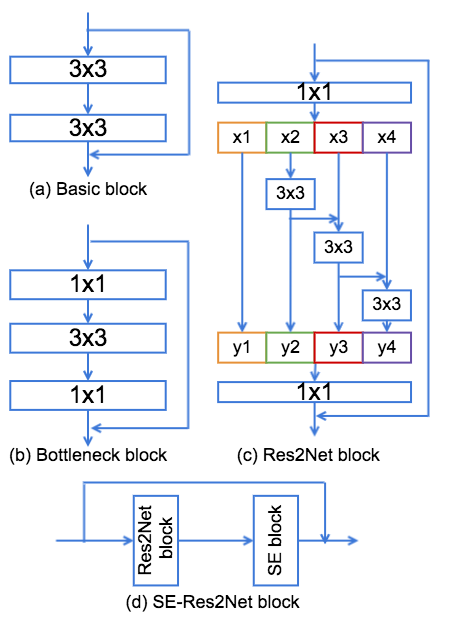Replay and Synthetic Speech Detection with Res2net Architecture
Existing approaches for replay and synthetic speech detection still lack generalizability to unseen spoofing attacks. This work proposes to leverage a novel model structure, so-called Res2Net, to improve the anti-spoofing countermeasure's generalizability. Res2Net mainly modifies the ResNet block to enable multiple feature scales. Specifically, it splits the feature maps within one block into multiple channel groups and designs a residual-like connection across different channel groups. Such connection increases the possible receptive fields, resulting in multiple feature scales. This multiple scaling mechanism significantly improves the countermeasure's generalizability to unseen spoofing attacks. It also decreases the model size compared to ResNet-based models. Experimental results show that the Res2Net model consistently outperforms ResNet34 and ResNet50 by a large margin in both physical access (PA) and logical access (LA) of the ASVspoof 2019 corpus. Moreover, integration with the squeeze-and-excitation (SE) block can further enhance performance. For feature engineering, we investigate the generalizability of Res2Net combined with different acoustic features, and observe that the constant-Q transform (CQT) achieves the most promising performance in both PA and LA scenarios. Our best single system outperforms other state-of-the-art single systems in both PA and LA of the ASVspoof 2019 corpus.
PDF Abstract

